Georgia has had a fairly mild spring this year, but the summer heat is right around the corner and with it comes thirsty, thirsty lawns.
There can definitely be too much of a good thing when it comes to watering your lawn. Too much irrigation not only wastes water, it hurts your lawn.
Turfgrass, like all living things, requires water to grow and survive. Rainfall patterns vary a lot during Georgia summers, and it is sometimes necessary to supplement the irrigation for your lawn.
Most warm-season perennial grasses — centipede, Bermuda, Saint Augustine and zoysia grasses — require about 1 inch of water a week. Overwatering can result in some major problems.
Overwatering your lawn can result in a shallow root system and reduced drought tolerance, more diseases, more weeds, an increase in damaging insect populations, more thatch and excessive growth, and reduced tolerance to shade and soil problems.
Lawn lovers can avoid these problems by using their sprinkler system correctly and monitoring their lawns.
Let your lawn tell you when to water
Don’t duplicate Mother Nature’s efforts. If rain is forecast for your area, turn off your sprinkler system. Lawns only need about 1 inch of irrigation a week, so one summer thunderstorm might get the job done.
That being said, heat and direct sunlight can cause lawns to use water at different rates. You may have to water more often when the temperature is extremely high.
University of Georgia Cooperative Extension researchers have found that lawns should be irrigated when approximately 50 percent of the lawn shows signs of wilt:
- Leaf blades are folded in half lengthwise in an attempt to conserve water.
- The grass takes on a blue-gray tint.
- Footprints or tire tracks remain visible on the grass.
Learn more about your sprinklers
Water should never be applied at a rate faster than it can be absorbed by the soil. If the sprinkler applies too much water, it runs off and is wasted.
This doesn’t usually happen with small sprinklers unless the lawn is very dense or the soil is compact, but it’s important to know how much water your sprinklers deliver.
Different sprinklers apply water at different rates, and rates can change over a lifetime of sprinkler use. Lawn lovers should understand the amount of water they need to apply to their turfgrass and calibrate their sprinklers accordingly.
How to calibrate a sprinkler
Efficient water use involves knowing the amount of water an irrigation system applies over a certain time period. Most people irrigate for a given amount of time without knowing how much water they are really applying to their lawns, which leads to watering the lawn too little or to wasting water. Wasted water runs down sidewalks and streets or through the root zone and deep into the ground where grass roots cannot reach it.
Calibrating or determining the rate of water that a sprinkler system applies is easy. Use the following procedure for an in-ground system or a sprinkler at the end of a hose.
Step 1: Obtain several (five to 10) soup cans, tuna cans or other straight-sided containers to catch the irrigation water. Containers that are 3 to 6 inches in diameter work best.
Step 2: If you have an in-ground system, randomly place the containers in one zone at a time. Repeat the entire procedure in every zone because the irrigation rates may differ. If you use a hose-end sprinkler to water turf, place the containers in a straight line from the sprinkler to the edge of the watering pattern. Space the containers evenly.
Step 3: Turn the water on for 15 minutes.
Step 4: After the elapsed time, collect the cans and pour the water into a single can.
Step 5: Measure the depth of water you collected.
Step 6: Calculate the average depth of water by dividing the amount of collected water in inches by the number of cans.
Step 7: Multiply the average depth by 4 to determine the application rate in inches per hour.
Now that you can find your sprinkler system irrigation rate, you can apply water more efficiently.
For more information about proper lawn care, search UGA Extension publications for “lawns” at www.extension.uga.edu/publications.

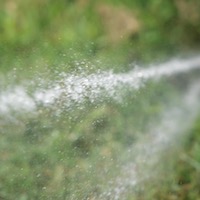

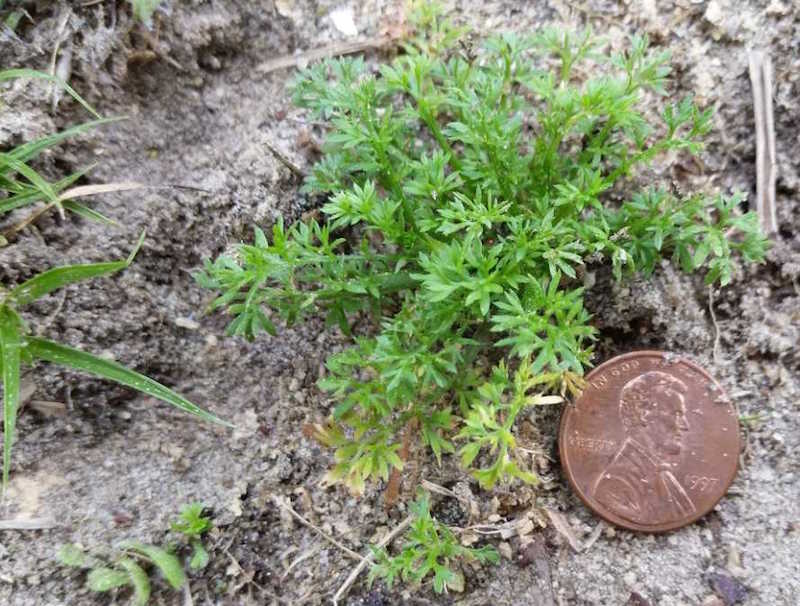
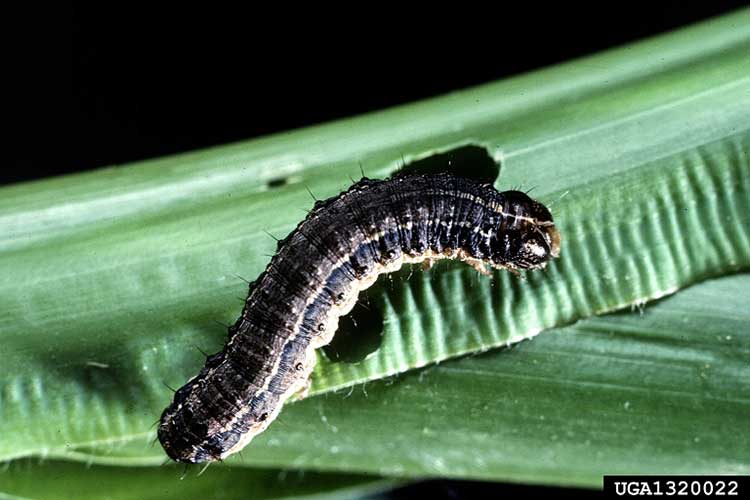
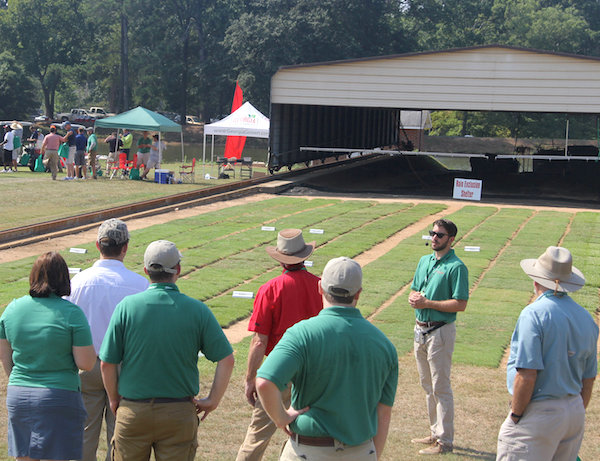
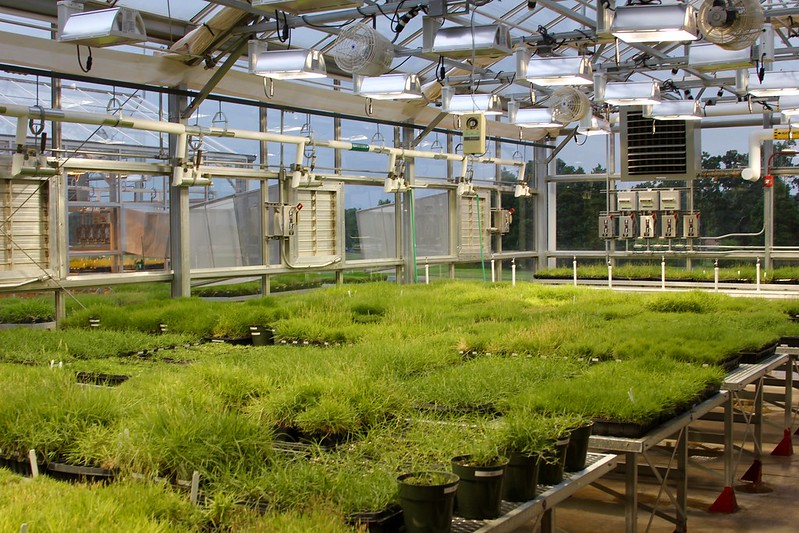
.JPG)